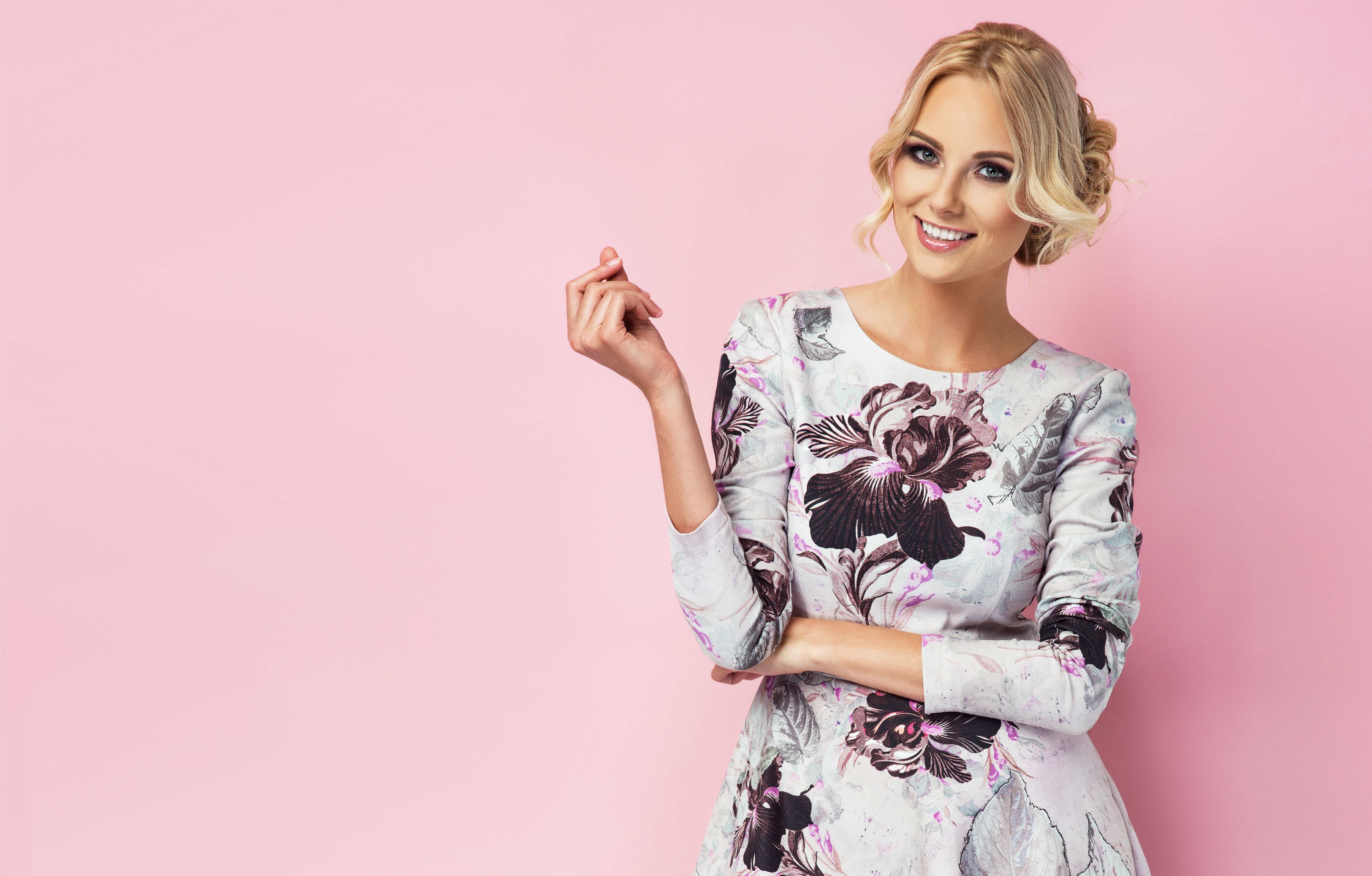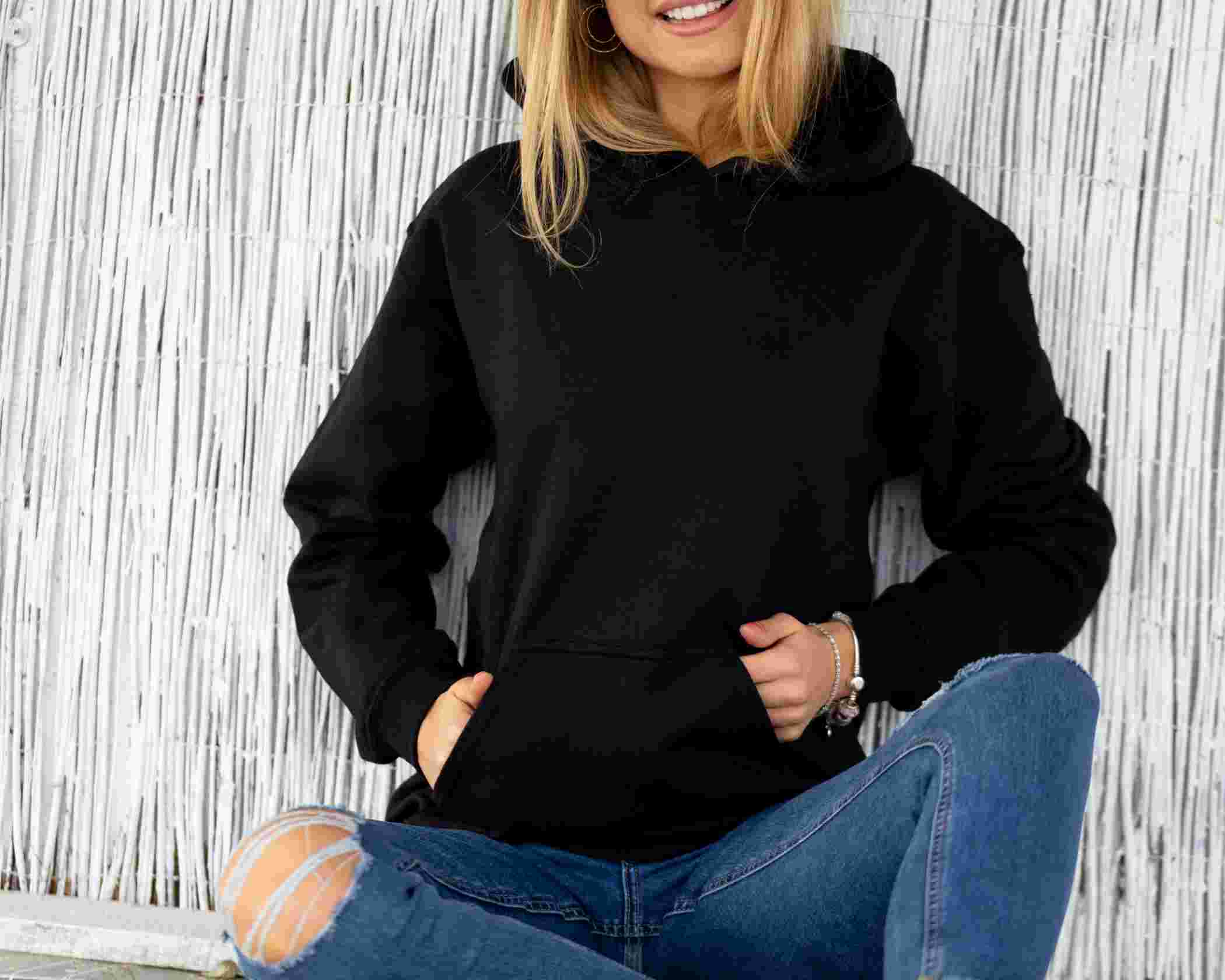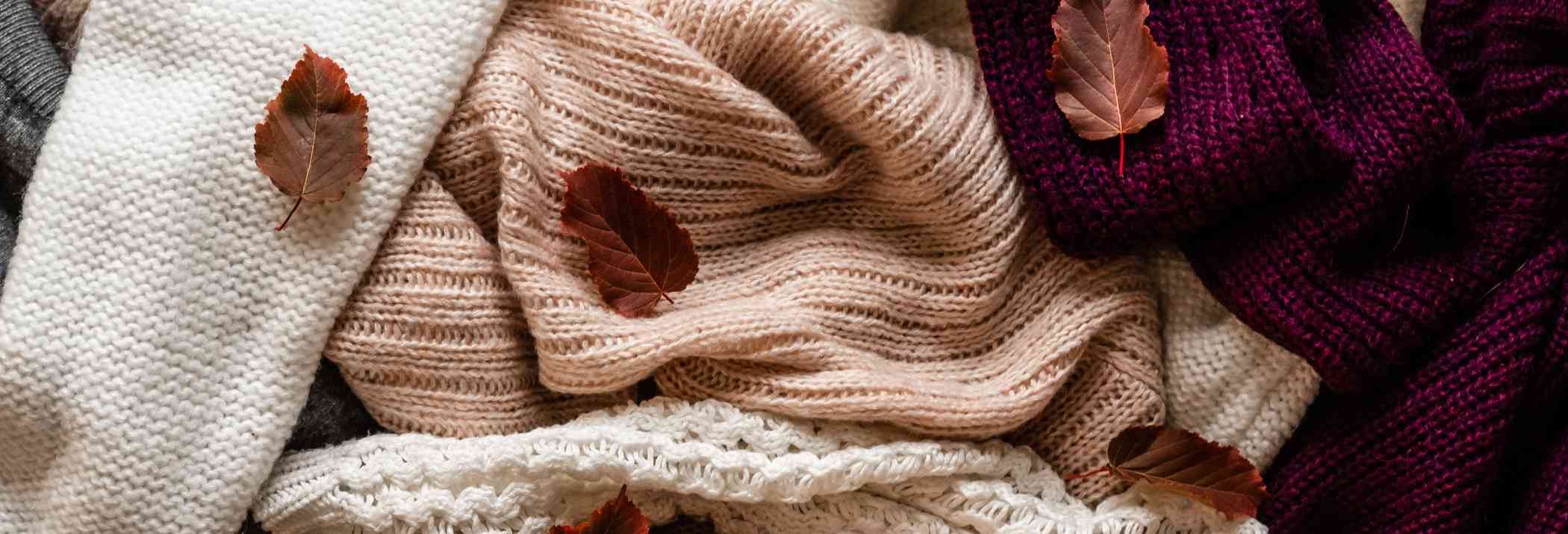ABC of Leather Designing: How To Make Faux Leather Look Better Than Real

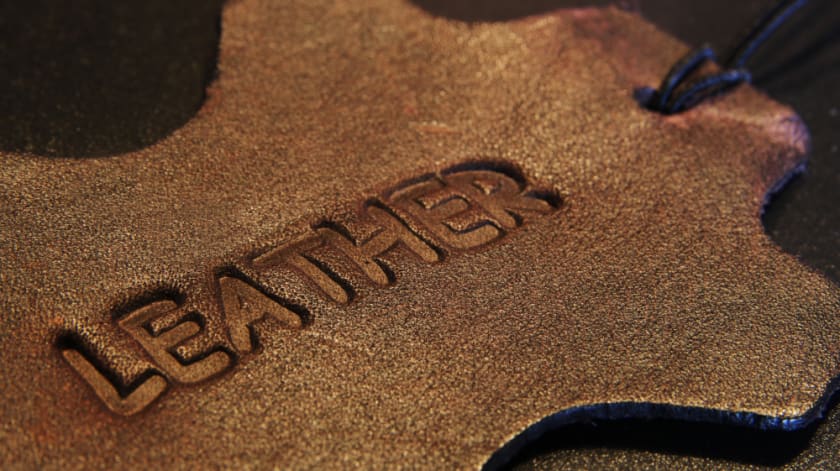

What Is Faux Leather?
Synthetic leather or faux leather is an alternative to genuine leather made with a petroleum base. While faux leather has the same look and feel as genuine leather, there is no need to harm animals to create a luxurious leather design. Just like how real leather feels, faux leather is water-resistant, which makes it easy to clean and highly resistant. Unlike real leather, faux leather is less durable but is resistant to cuts and abrasions, just like the real one.
Most faux leather manufacturers try to replicate the exact colour of real leather, but faux leather can be made into any desired colour. The material is also a very good body heat insulator, which makes it a popular fabric for jackets and coats. It is not easy to tell the difference between faux leather and genuine leather unless and until it is inspected closely. The major giveaways are the plastic-like feel when it is touched and the scent.
How it All Started
The history of synthetic leather goes all the way to the 1920s in Germany, after the war caused a decline in the production of genuine leather. This material was first formulated by the US rubber company using petroleum-based plastic. Nowadays, a wide set of manufacturers are creating faux leather with environment-friendly and biodegradable materials.
Procedure for Making Faux Leather
Faux leather goes through several production processes, from treating the pulp with a type of resin to ensuring maximum durability. Most of the synthetic leather in the market has a plastic-like base, which is either polyurethane or polyvinyl chloride. Some even use both these plastics to create a base that is highly flexible. Here is a step-by-step procedure on how faux leather is made:
Sourcing the base material
Polyester or cotton is widely used as the base material for faux leather. The types of cotton and polyester fabrics used as a base are usually rough and porous, so they need to be manufactured specifically. In most cases, faux leather lets the manufacturers produce their own base materials, whereas in other cases, they are obtained from third-party manufacturers.
Preparing the plastic base
Next to sourcing the base material, plastic substances need to be formulated to bind the base fabrics to the actual fabric. For instance, PVC is made by combining petroleum and salt, where the salt is exposed to electrolysis and then combined with ethylene to derive the chlorine from petroleum. The resulting ethylene dichloride is then changed to vinyl chloride monomer at an extremely high temperature. These monomers are then converted into Polymers with the help of polyvinyl chloride resin. As the polyvinyl chloride resin used in faux leather production has to be flexible, plasticizers are then added to the product to bind the fabric into the base.
The process to manufacture PU is more complex, as it involves a lot of additives, which react with each other to create the final flexible material.
Binding the base materials
The PVC or PU is then bound with the base of the raw material by melting the plastic and laying it at the bottom.
Repairing and cutting the fabric
Once the plastic base has been bound with the fabric, it is then cut to the desired size and shape. Faux leather is mostly sold in long strips by the yard.
Final Assembling & Leather Designing
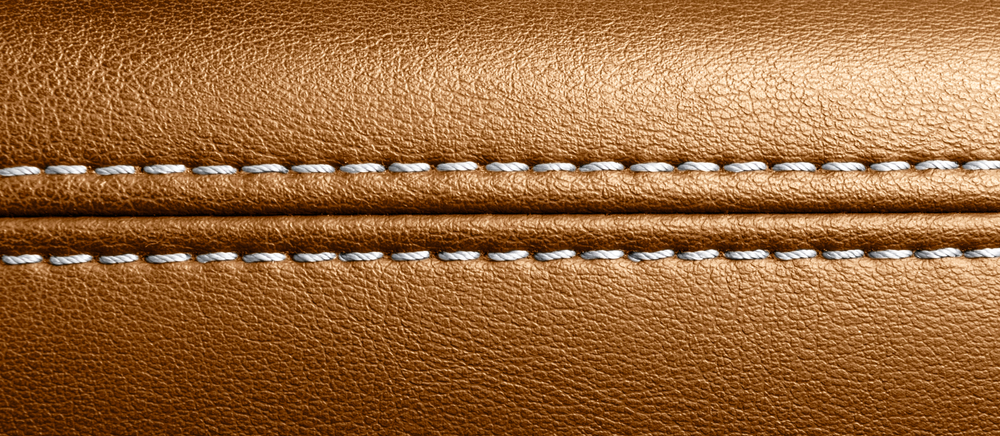
As Faux leather is an alternative to genuine leather, it has the same variety of applications that real leather is used for. For example, they are used in accessories and apparel like boots, shoes, handbags, hats and gloves. They are also used as an application for polished sofas, chairs and car seats.
Types Of Faux Leather
There are different types of faux leather fabrics:
PU leather
It is the most comfortable form of faux leather but is less durable than the other variants.
PVC leather
PVC leather is a lot more durable than PU leather, which is one of the most popular kinds and produced in large quantities.
Leatherette
This is a type of synthetic level that has a fabric base with a plastic covering.
Vegetable oil leather
In recent times, many manufacturers have been experimenting with making leather with vegetable oil. This type of leather is more eco-friendly and durable than PVC or PU leather. The only drawback is that this fabric is more expensive as compared to other types of synthetic leather.
Ways To Make Faux LeatherLook Better Than Real Ones
Here are a few methods in leather designing, which can make faux leather look better than the real one:
Decrease the plasticky shine
Few of the leather-like patent leathers have a high-gloss finish, but most of the genuine leathers only have a subtle sheen. When picking out most apparel or accessories, the shine is what gives away the quality and genuineness of the leather. The best way to make faux leather look better than the real one is by taking off some of the shine from the surface. There are numerous ways to get rid of the fake shine from faux leather, using abrasive vibes, grit sandpaper or even nail polish remover. The easiest way is using rubbing alcohol. For this method, a microfibre cloth and rubbing alcohol should be kept handy.
Start by loading the cloth with a good amount of rubbing alcohol and rub it directly on the leather by concentrating on one portion at a time. It is ideal for maintaining a circular motion and repeatedly dampen the cloth for optimal results. Finally, air-drying the leather for a maximum of 2 to 3 minutes gives you accurate results.
Texturizing

When it comes to faux leather designing, texturising is the key. In most cases, faux leather is forced to imitate real leather, but when looked closer, an unnatural and organised pattern can be noticed. Real leather does not look the same all over and has the unique characteristic of the animal used to make it. Thus, in order to make the faux leather look like the real deal, it is best to add some texture. Most people try to achieve this texture by using tinfoil or soldering iron, but as most of the faux leathers are made with plastic materials, using heating techniques can emit unhealthy fumes.
The best way to texture the leather safely is by using the pouring alcohol technique. For this method, a spray can, some water, acrylic paint or leather paint, rubbing alcohol and a sponge are needed. Choose a colour or tint which has a shade of brown!
Start by loading this spray can with rubbing alcohol, and then mix the paint with water to form a thin consistency. Then load the sponge with the paint mixture, and apply it all over the surface of the leather. While the leather is still wet, spray the rubbing alcohol, which will allow the paint to run in a natural way to give a rugged look of genuine leather.
Create folds and creases
One of the major qualities of genuine leather is that it creases and wrinkles easily. Some of the materials even come wrinkled, though it’s brand-new. So, in order to give a real leather look to the faux leather design, create folds and creases all over, so it imitates real leather. A natural creased look can be achieved easily by folding or bending the leather when storing it.
Softening The Leather
Another major giveaway of synthetic leather is how hard it can feel. Real leather does not feel too stiff and is extremely soft and plush. The faux leather can be softened using a wax-based leather conditioner before leather designing, which hydrates the leather and leaves it soft to touch.
Conclusion:
Faux leather, also known as synthetic leather, is an eco-friendly and cost-efficient alternative to real leather. While genuine leather costs the life of animals, it has been really inviting due to the terms of luxury and elegance of the look. The best way to get the look along with keeping the animals safe is by considering faux leather. Although faux leather looks relatively the same as the genuine one, there are a few giveaways, such as the touch, shine and feel of the fabric. But every problem has a solution! There are many ways through which faux leather can be effectively transformed to look much better than the real deal.
The best way to source quality faux leather for leather designing to make the perfect apparel is by partnering with reputed manufacturers. One of the best ways to do so is by partnering with Fashinza to make any business effective, faster and effortless. The platform has served over 500+ brands and provides end-to-end management right from the fabric, design to production, quality check and delivery.















